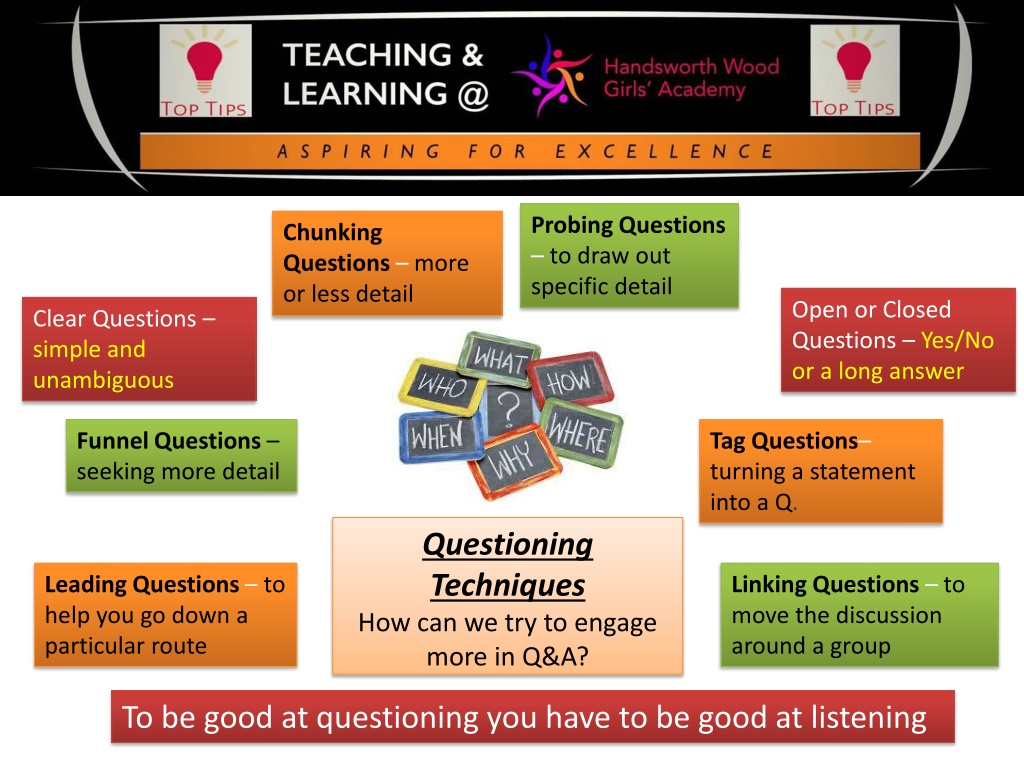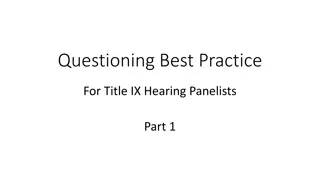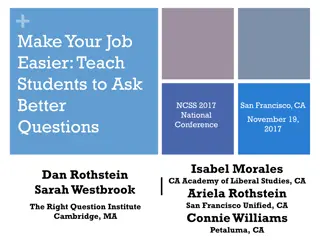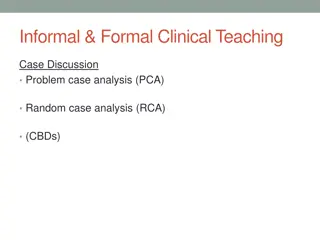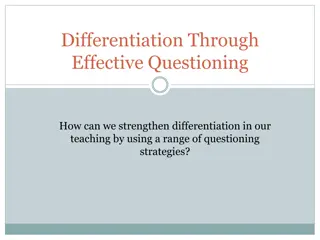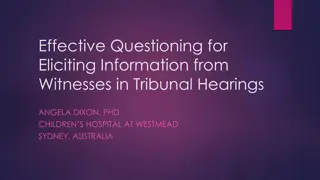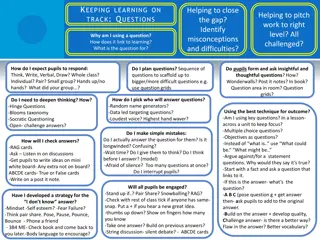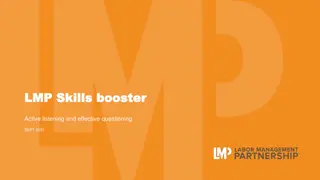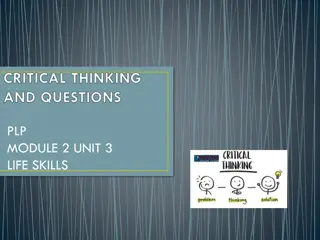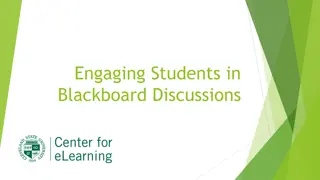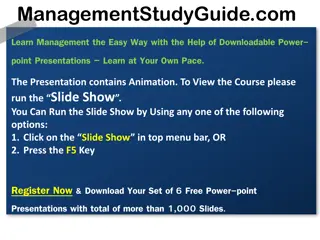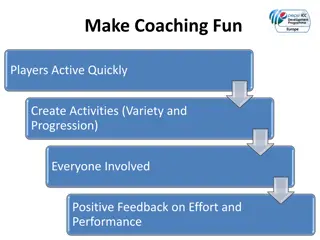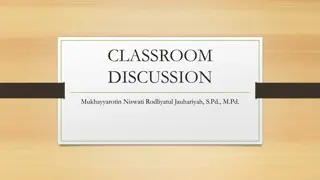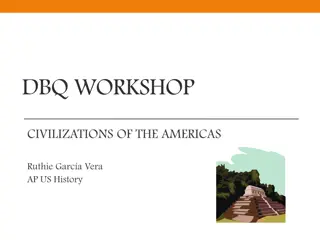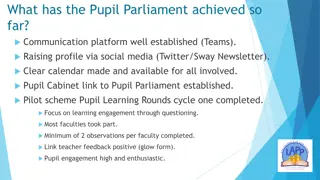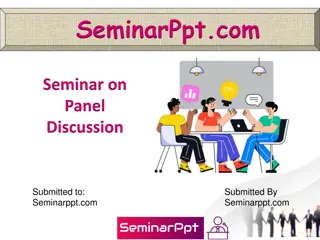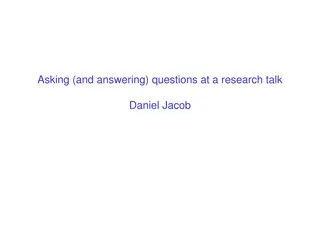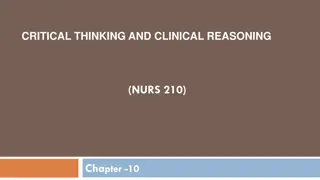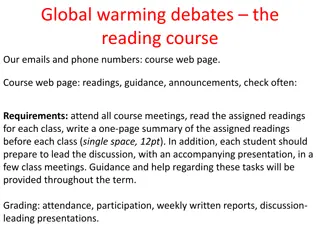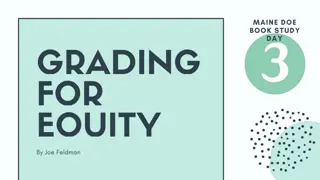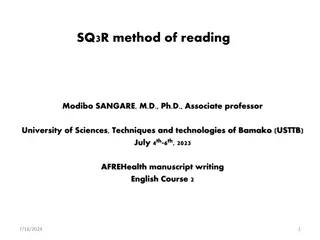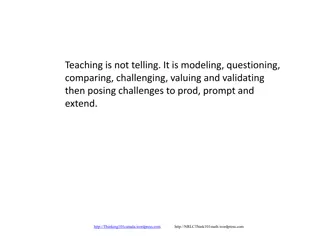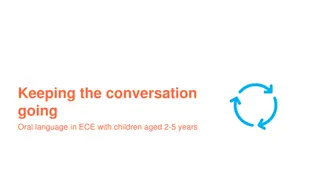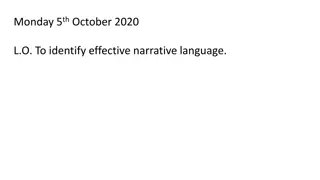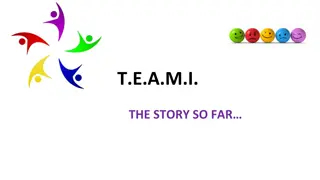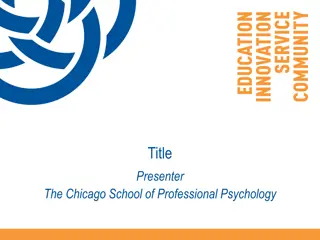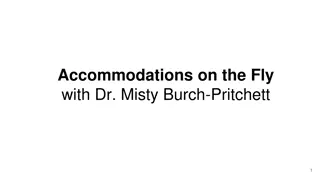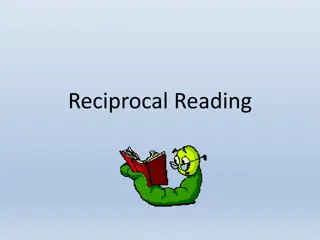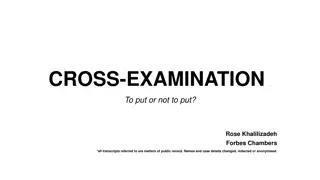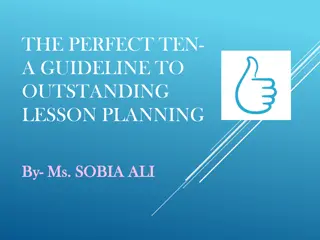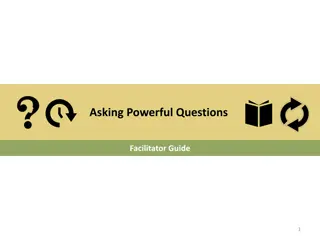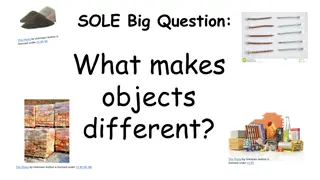Effective Questioning Techniques for Engaging Discussions
Explore the art of effective questioning techniques to enhance discussions through probing, chunking, clear and ambiguous questions, funnels, leading questions, and more. Learn how to foster engagement through active listening and structured questioning approaches for dynamic communication.
- Questioning techniques
- Engagement strategies
- Active listening
- Discussion facilitation
- Communication skills
Download Presentation

Please find below an Image/Link to download the presentation.
The content on the website is provided AS IS for your information and personal use only. It may not be sold, licensed, or shared on other websites without obtaining consent from the author. Download presentation by click this link. If you encounter any issues during the download, it is possible that the publisher has removed the file from their server.
E N D
Presentation Transcript
Probing Questions to draw out specific detail Chunking Questions more or less detail Open or Closed Questions Yes/No or a long answer Clear Questions simple and unambiguous Funnel Questions seeking more detail Tag Questions turning a statement into a Q. Questioning Techniques How can we try to engage more in Q&A? Leading Questions to help you go down a particular route Linking Questions to move the discussion around a group To be good at questioning you have to be good at listening
Probing What do you mean by that? Can you explain what you mean when you say ***? Chunking And ? Why? How so? When? Probing Questions to draw out specific detail Chunking Questions more or less detail Clear and closed What is the date that this started? What is *x*? Clear Questions simple and unambiguous Open or Closed Questions Yes/No or a long answer Open What dos the audience think about this character at the moment? Funnel What do you mean by that? Can you expand? How can you make that clearer? Tag Why do you think that that s the reason x means y? Why can t we all be equal? Tag Questions turning a statement into a Q. Funnel Questions seeking more detail Leading So, if we ve just read this about this, what do you think this could mean? When we think of this certain event, what do we think of? Leading Questions to help you go down a particular route Linking X do you agree with Y? X could you expand on what Y has said? Y any more comments you could add? Linking Questions to move the discussion around a group
Creating a Tigger-like Bounce - Can you get questions to bounce around your classroom from teacher to student and onto further students?
1. POSE a. 2. PAUSE a. This is the difficult part. To stop talking b. Ask the class to hold the thought... think... and think again... c. (Think, Pair, Share if needed) d. Keep the reflection for as long as possible .before you, e. Pounce! name first to alert the student or table group. Give the context of your PPPB approach to the class. Insist on hands down before the question is delivered. Provide a question or a series of questions, ensuring that you ask the students to remain reflective. Pose the question to the class; not an individual. Then Pause b. c. d.
3. POUNCE 4. BOUNCE a. Ask another student B their opinion of student A's answer This can be developed by asking student B and C their opinions to student A's response. An additional strategy is to Bounce the question onto a group A...and subsequently, a sub-group B if group A do not deliver a suitable way forward. a. Insist that the answer to the question comes from student A and possibly student B, directly and as fast as possible! Name student A to respond and don't move from the student Wait for an answer... pause... If student A does manage to answer then move to bounce . b. Teasing out students thinking skills and understanding, is far more important, than moving onto the next stage of any lesson. b. c. c.
